Which of the following cyclopentane derivative is optically inactive ?
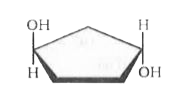
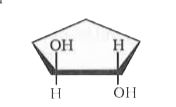
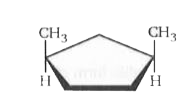
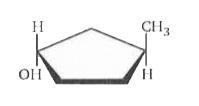
The correct Answer is:C
To determine which cyclopentane derivative is optically inactive, we need to analyze the structures of the given derivatives and check for symmetry. Here's a step-by-step solution:
Step 1: Understand Optical Activity
Optical activity refers to the ability of a compound to rotate plane-polarized light. A compound is optically active if it lacks any symmetry elements, such as a plane of symmetry (POS) or a center of symmetry (COS). If a compound has either of these symmetries, it is considered optically inactive.
Step 2: Analyze the Given Cyclopentane Derivatives
We have four derivatives of cyclopentane. We need to examine each one for symmetry.
1. Derivative 1: Analyze its structure for symmetry.
2. Derivative 2: Analyze its structure for symmetry.
3. Derivative 3: Analyze its structure for symmetry.
4. Derivative 4: Analyze its structure for symmetry.
Step 3: Identify Symmetries
- Derivative 1: No plane or center of symmetry → Optically active.
- Derivative 2: No plane or center of symmetry → Optically active.
- Derivative 3: Has a plane of symmetry → Optically inactive.
- Derivative 4: No plane or center of symmetry → Optically active.
Step 4: Conclusion
Based on the analysis, only Derivative 3 has a plane of symmetry, making it optically inactive. Therefore, the correct answer is:
Answer: Derivative 3 is optically inactive.
---
Optical activity refers to the ability of a compound to rotate plane-polarized light. A compound is optically active if it lacks any symmetry elements, such as a plane of symmetry (POS) or a center of symmetry (COS). If a compound has either of these symmetries, it is considered optically inactive.
We have four derivatives of cyclopentane. We need to examine each one for symmetry.
2. Derivative 2: Analyze its structure for symmetry.
3. Derivative 3: Analyze its structure for symmetry.
4. Derivative 4: Analyze its structure for symmetry.
- Derivative 1: No plane or center of symmetry → Optically active.
- Derivative 2: No plane or center of symmetry → Optically active.
- Derivative 3: Has a plane of symmetry → Optically inactive.
- Derivative 4: No plane or center of symmetry → Optically active.
Based on the analysis, only Derivative 3 has a plane of symmetry, making it optically inactive. Therefore, the correct answer is:
Similar Questions
Knowledge Check
- Question 1 - Select One
Which of the following is not acid derivative?
A B
B C
C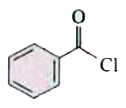 D
D
- Question 2 - Select One or More
Which of the following compounds are optically inactive but exhibit geometrical isomerism?
A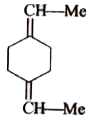 B
B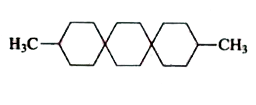 C
C D
D
Which of the following is/are benzyl derivative :
View SolutionWhich of the following is optically inactive ?
View SolutionWhich of the following compound is achiral ( optically inactive )?
View SolutionWhich of the following are the derivatives of endoderm?
View SolutionWhich amino acid is optically inactive?
View SolutionWhich of the following compounds produces an optically inactive compound on hydrogenation?
View Solution

